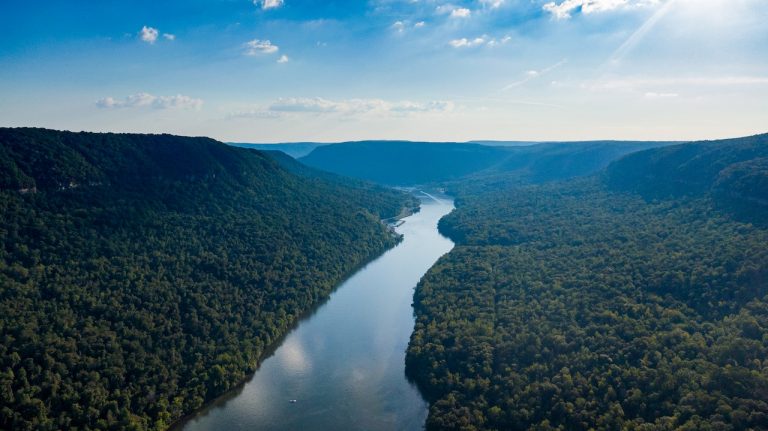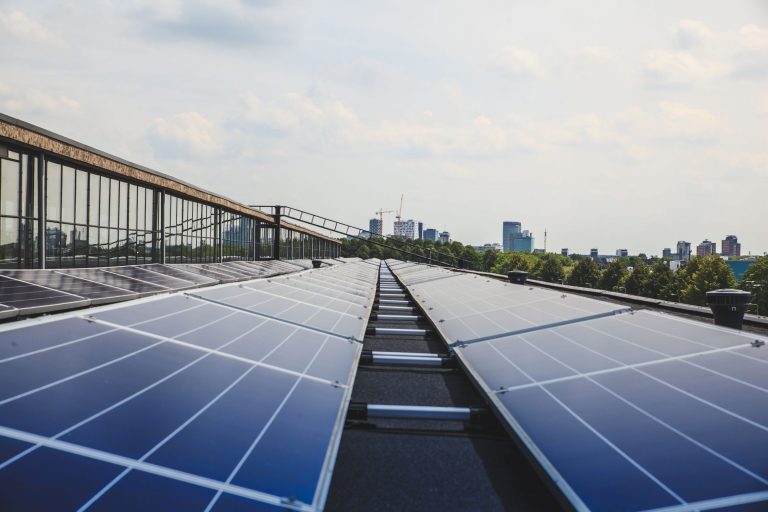The LEED certificate (Leadership in Energy & Environmental Design) is another of the existing certifications to declare a construction as sustainable. It is applied both in new construction and rehabilitated buildings.
This certificate is a declaration that the construction or rehabilitation has been carried out in accordance with eco-efficiency and sustainability criteria. Among the various points evaluated for this certificate, we find: Use of sustainable materials, water and energy management, interior environmental quality, etc.
LEED certification is not limited to residential buildings, it also covers other typologies such as restaurants, supermarkets, or offices.
EVALUATION SYSTEM
The evaluation of a construction or rehabilitation responds to six criteria:
- Sustainability: Both in the materials used and in the resources used for the construction or rehabilitation.
- Water: Its efficiency and use are evaluated, both during the construction of the building and afterward. Examples: the incorporation of water use systems that prevent leaks, etc.
- Energy: Energy efficiency of construction and reduction of environmental impact.
- Materials and resources: Evaluate that both the materials and the resources used during the construction or rehabilitation are respectful of the environment.
- Environment quality: Evaluate the quality of the indoor environment. It seeks to provide the optimal habitability of this without the need to resort to extra energy to heat or cool. (Window enclosures, walls, etc.)
- Innovation: Evaluates and scores the processes according to their degree of innovation, with the leading role of eco-efficient resources.
Within these criteria, energy is the one with the greatest weight. It seeks savings and benefits for both the users or inhabitants of the building and the environmental benefit.
BENEFITS
Certifying a building with LEED has advantages both for the architect or developer and for the users or inhabitants of those buildings.
Thanks to LEED standards, the cost of materials is reduced and the house has an added value that increases its market price. In addition, the waste generated during construction or rehabilitation is less.
This last point also contributes to caring for the environment, reducing emissions, and helping to generate environmental awareness.
Those who are going to benefit the most from this certificate are the users or inhabitants of the building. The acquisition of a building certified by LEED has tax breaks, in addition to economic savings from better water and energy management.
At a qualitative level, the main advantage is living in a space designed to be safer and healthier, contributing to the comfort of users.
HOW CAN WAISENSE HELP YOU
As you may have noticed, water is one of the elements that can be evaluated when accrediting a construction with the LEED certificate.
The incorporation of WAISENSE technology in construction is the ideal ally to achieve the maximum score in saving water, and also energy.
WAISENSE COMFORT technology significantly reduces daily water consumption in homes and establishments. Thanks to the recirculation of cold water until the hot water reaches the desired tap, it allows us to save between 6 and 25 liters per use.
In addition, the amount of energy that WAISENSE produces is much less than what is required to heat the water that we waste. This is a great added advantage.
Another point in which WAISENSE stands out and benefits when obtaining this certificate and which gives added and differential value to the building is comfort. With WAISENSE COMFORT the wait is over while we let the water run. Simply passing your hand in front of the activator, the system starts and tells us when the hot water is ready.
Do you want to know more? Do not hesitate to visit our WAISENSE COMFORT section or write to us.




